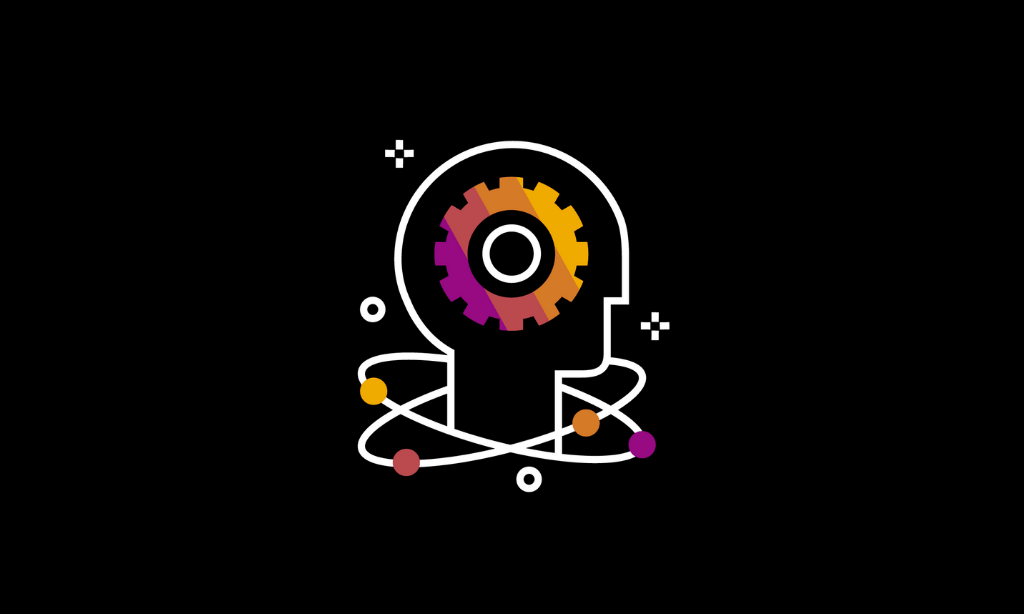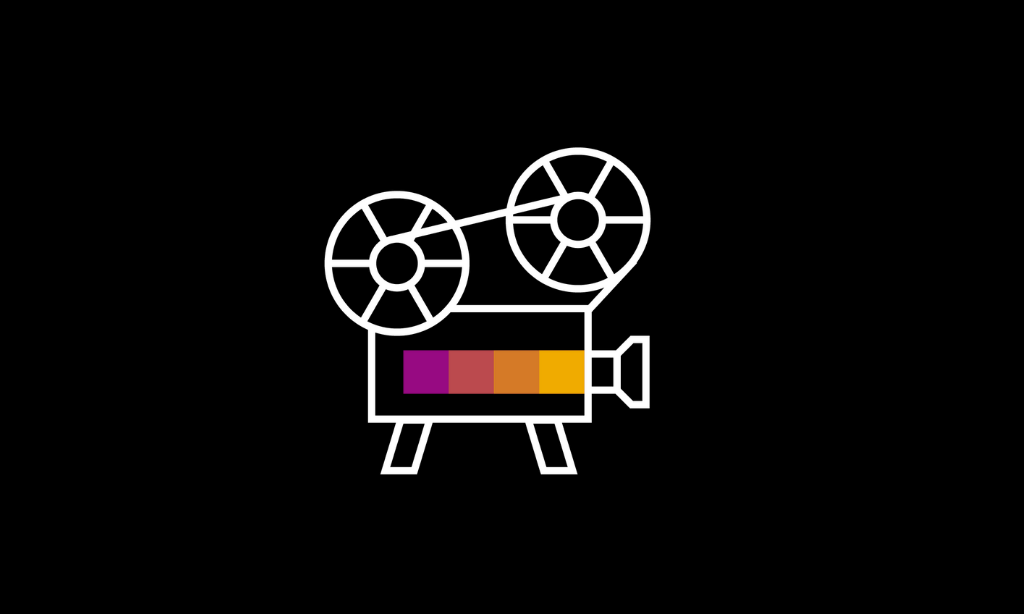What is a Modern Learning System? And Who Needs One?

But that’s not how learning at work is done anymore. The modern learner is constantly learning; honing their skills for the job they have, as well as for the job they want in the future. The learning system of the past won’t serve their needs. Instead, modern learners need a system that can keep up with their constant need to learn and accommodate the skills they’ve learned at other jobs.
To quote Anatomy of a Modern Learning System, a report by Training Industry and Litmos, “we must shift our mindset from viewing training as a one time, isolated event to viewing training as a system.”
In order to deliver that training, current learning systems must change, going beyond training delivery and becoming interconnected ecosystems.
What does a modern learning system look like?
The modern learning system is more than a content delivery system. It is a system combining interrelated data, processes, and resources that allows an L&D (Learning and Development) team to be agile, both providing ongoing training and training for specific situations as they come up. According to Training Industry, the modern learning system includes seven main elements:
- Triggers
Any factor that drives the need (or perception of the need) for training is a trigger. This can include new regulations that require updated compliance learning, a need for a new skill, or an incident that causes leaders to order sensitivity training.The challenge for L&D leaders is deciding whether a trigger actually merits a response. In some cases, a trigger might lead to a knee-jerk reaction from leadership, causing L&D to divert resources toward training that’s unnecessary or ineffective. For this reason, L&D must have the power to decide which triggers actually require training. - Content inflow
What do you want your learners to know? What do you need them to know? Content inflow refers to learning content that’s job relevant, accessible and contributes to the broader learning goals of your organization. Effective and relevant content can be created in-house or it can be curated from other sources. The most important thing to ask yourself, says Training Industry, is why you need your learners to know certain information. - Delivery systems
If content inflow is about the “why” of learning, delivery systems are about the ‘how.” Delivery systems include any technologies or modalities that permit learners access to learning content, such as LMSes or in-person instruction. While there are several learning modalities, the three most used learning technologies are LMSes, e-learning libraries and social and collaborative tools. - Learner choice
Not all learning modalities are viewed equally by learners. Individual learners have distinct preferences for how they like to learn. Another report from Training Industry found that while most learners prefer live instructor-led training, others prefer different modalities for specific types of training. For example, many prefer to learn compliance information through online training, while they prefer to receive sales training through on-the-job training. Allowing learners to choose which delivery systems work best for them is important when it comes to engaging learners. - Learning paths
A learning path is a detailed map of training experiences, designed to lead a learner through knowledge and skill acquisition. A learning path might be general, or it may be customized for each individual learner. Not all learning paths are customized; in the past, L&D professionals might have handpicked modules for individual learners. However, improved technology (such as artificial intelligence and adaptive learning) has made customized learning paths more accessible to a wider range of businesses. - Assessments
How are you measuring learning? The modern learning system relies on the collection of data to evaluate your learners’ progress on key areas of knowledge. Assessment can take several forms, from quizzes to surveys. An important piece of assessment, however, happens before any learning even takes place: your organization must decide what success looks like before you can measure it. Are your metrics qualitative, quantitative, or both? What goals are you trying to achieve with training? - Data
Data flows through every learning system. You put data into the system to train your learners and you get data out of it when you receive learning outcomes. Data is also used to inform which learning triggers are worth creating content, and which are not.
The recent evolution of learning at work
Over the last few years, organizations have been more and more reliant on their L&D functions. In 2022, 72% of learning professionals agreed that L&D has become a more strategic function at their organization, and in 2023, L&D professionals agreed that their influence on the C-Suite had grown even more.
Increasing influence comes with increased responsibility: L&D has been asked to deliver much more than just training. Businesses are relying on L&D to lead DEI (Diversity, Equity and Inclusion) initiatives, leadership training, improving employee retention, and other major initiatives. To keep up with these changing business needs, as well as with the needs of learners, learning systems have to change.
The modern learning system is a hub of data, technology, and people dedicated to workplace learning in all its forms. It’s flexible and adaptive, and allows the organization to efficiently use its resources to deliver the most relevant learning exactly when it’s needed.
To learn more about modern learning systems, download Training Industry’s Anatomy of a Modern Learning System report.




